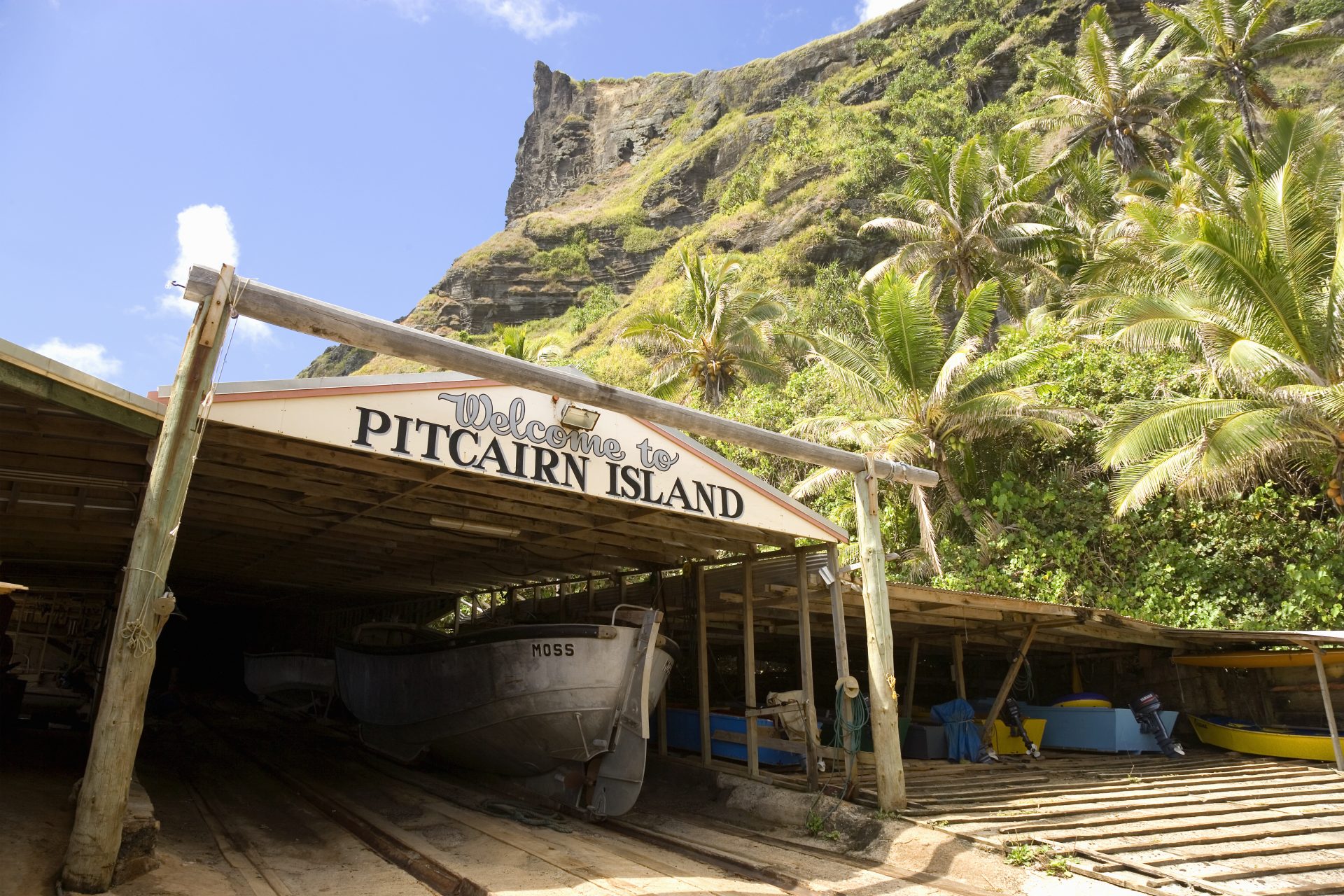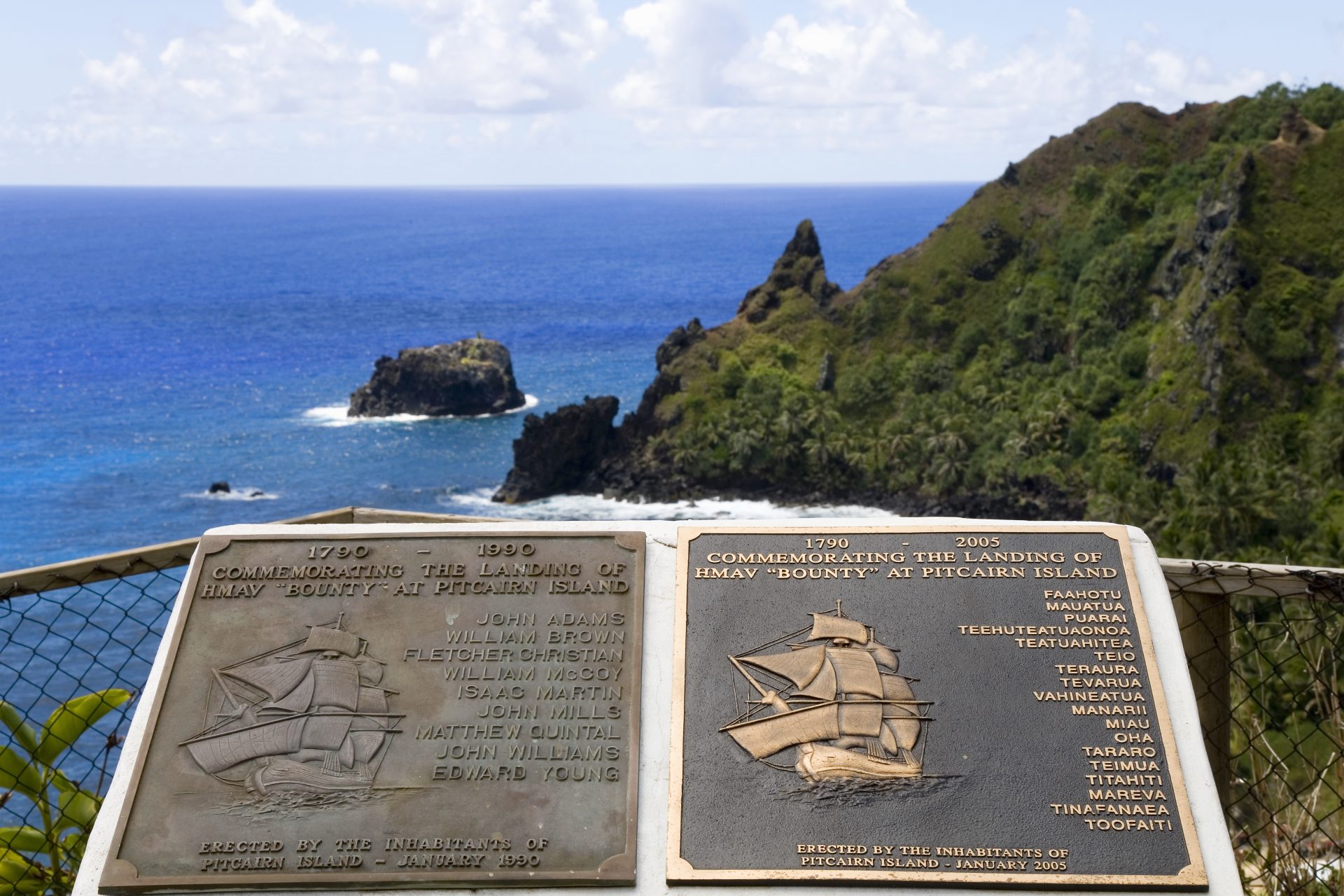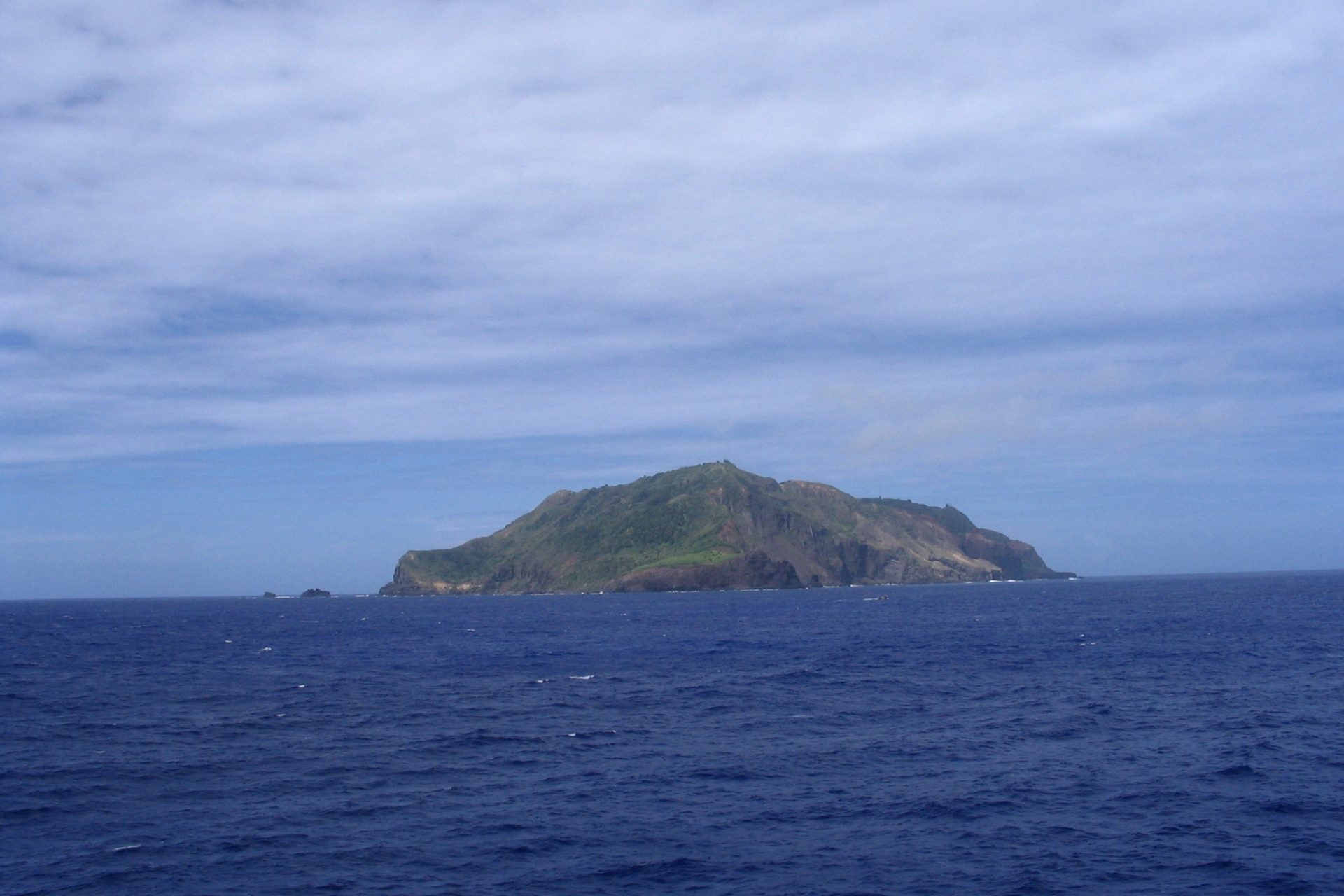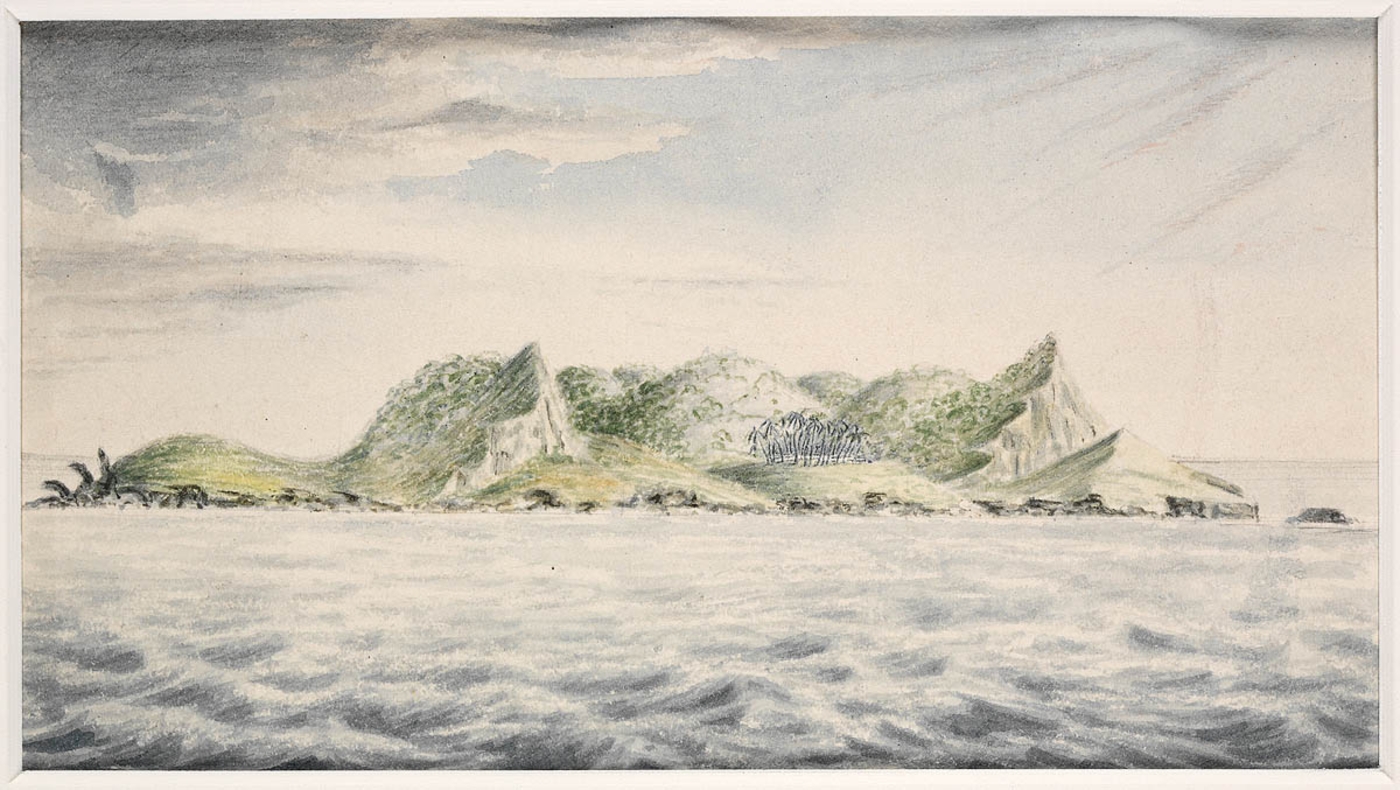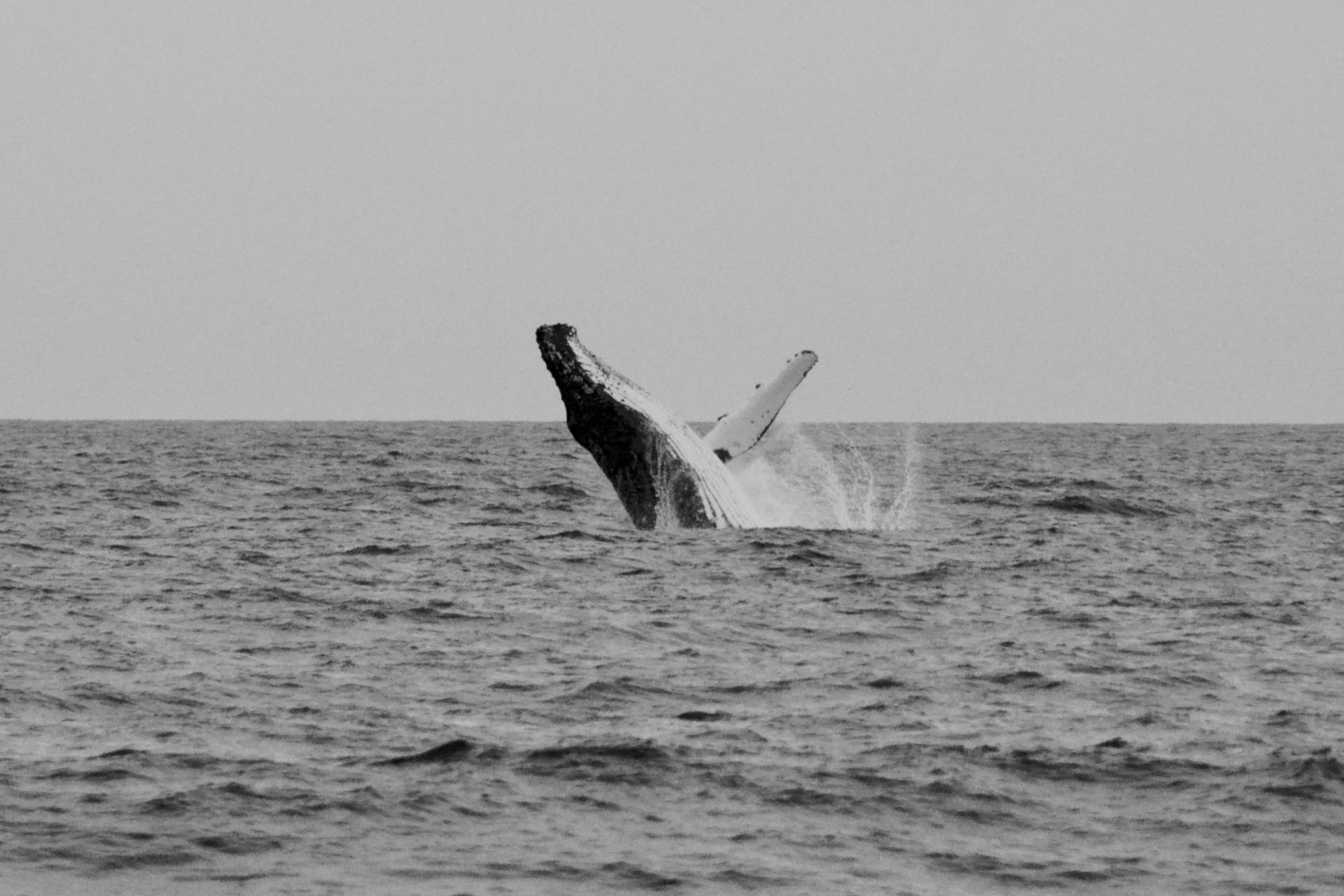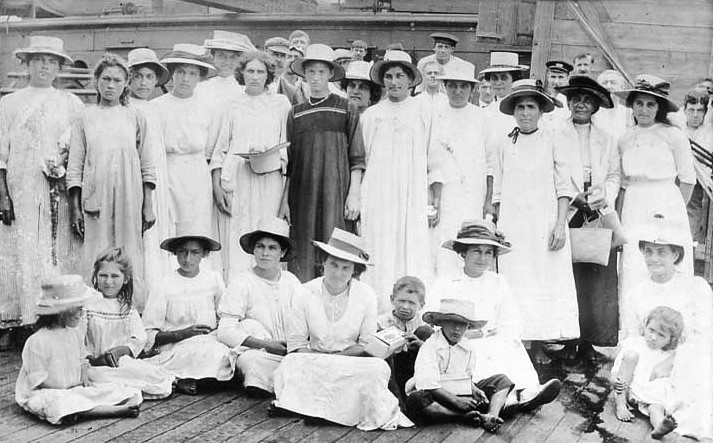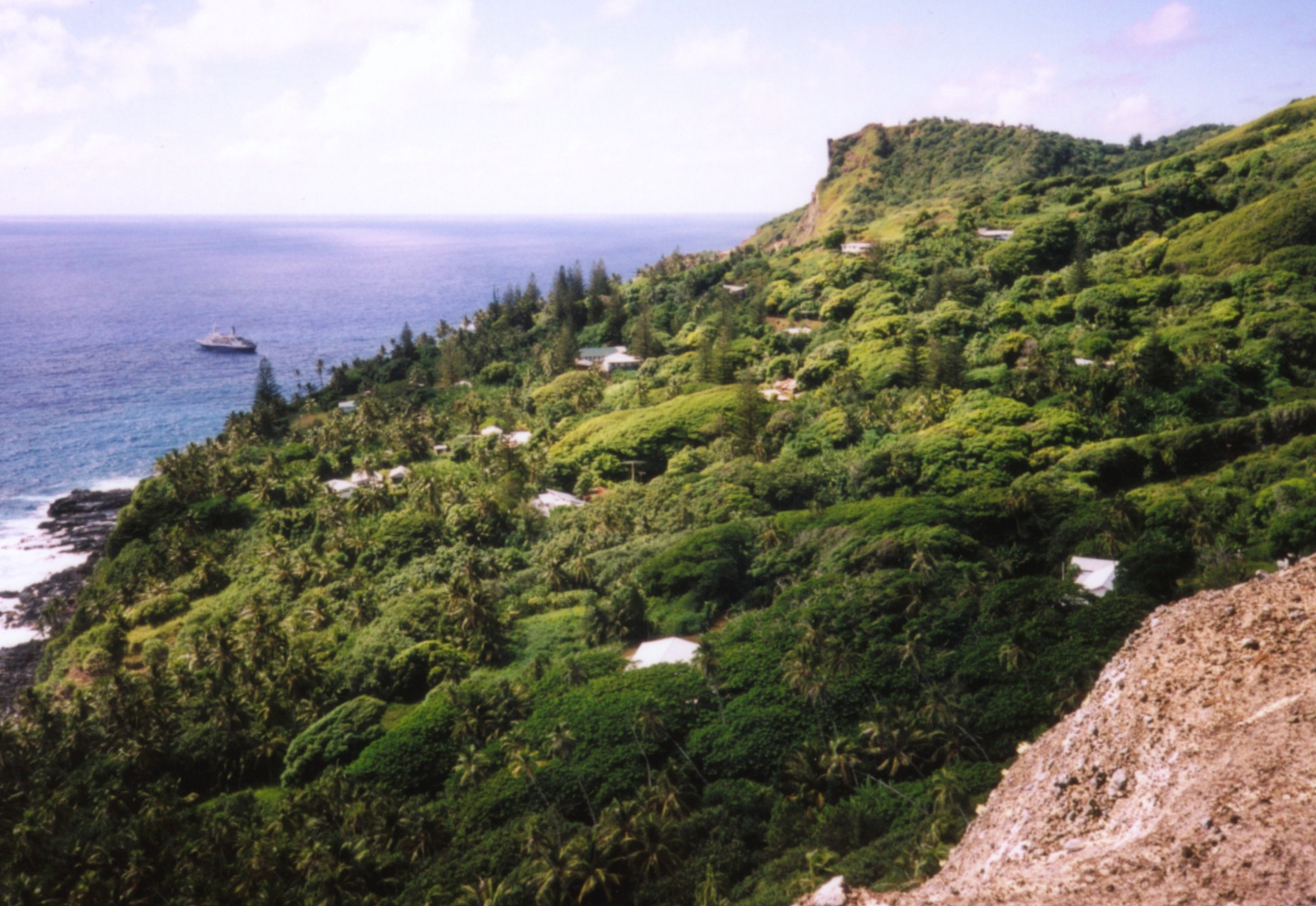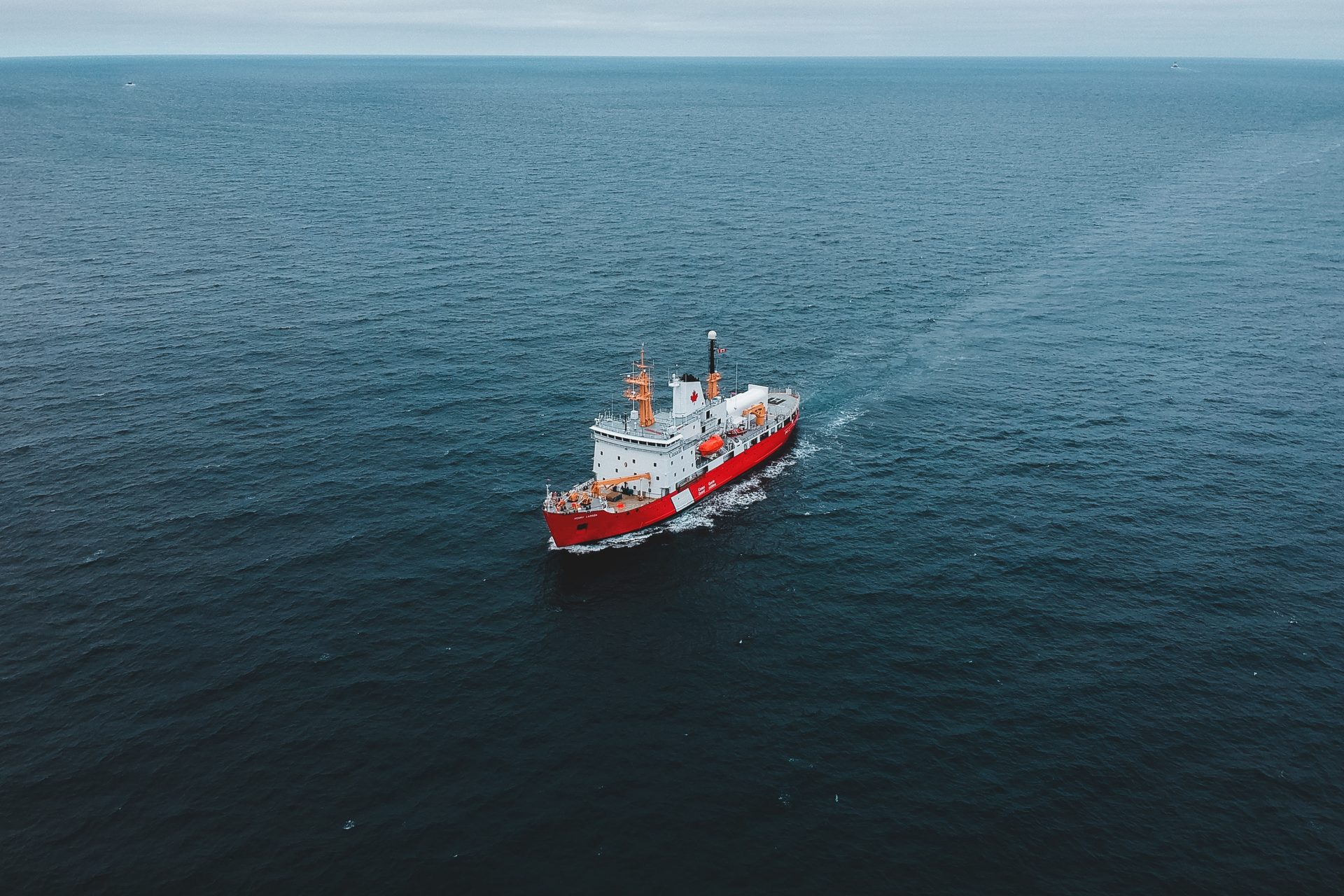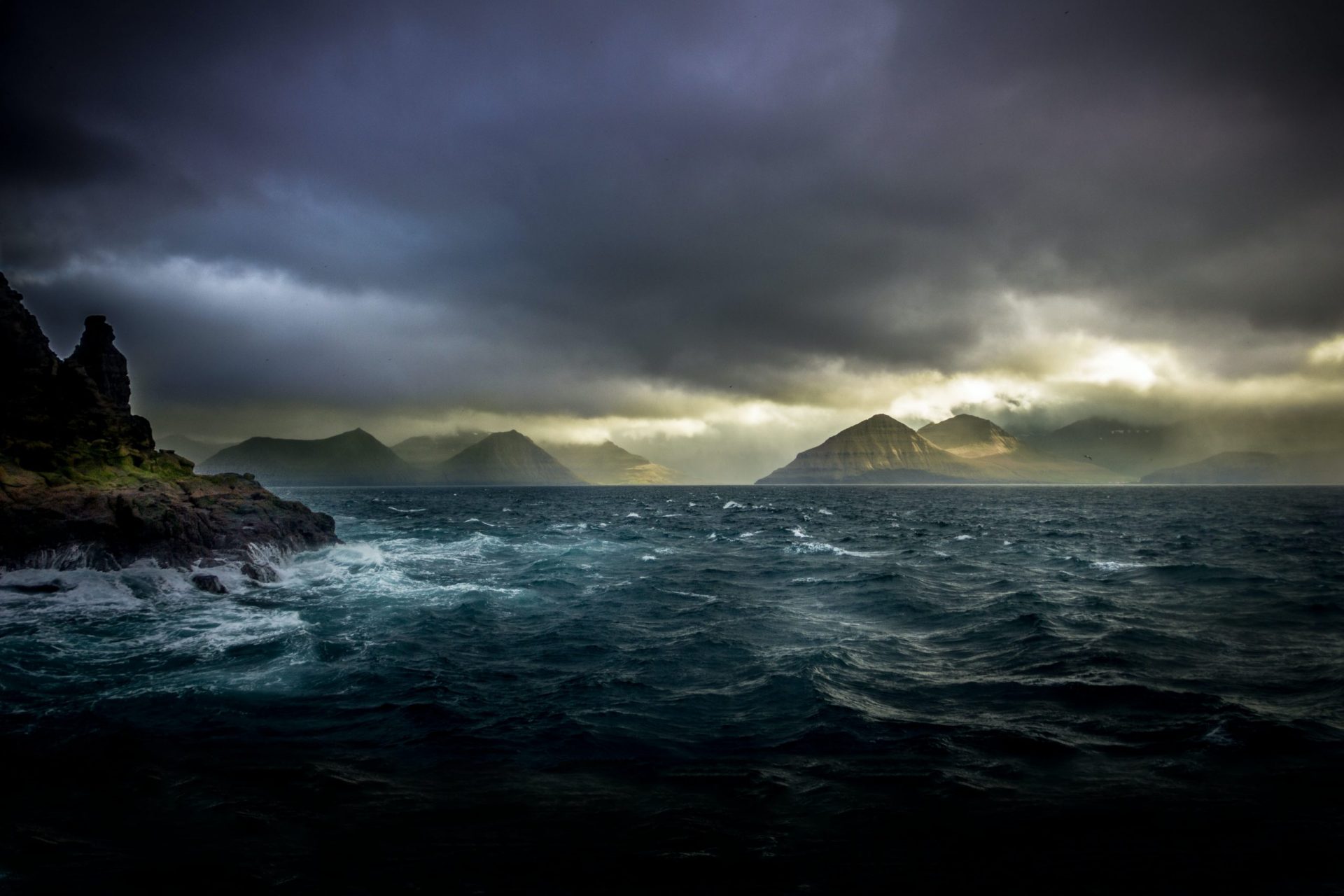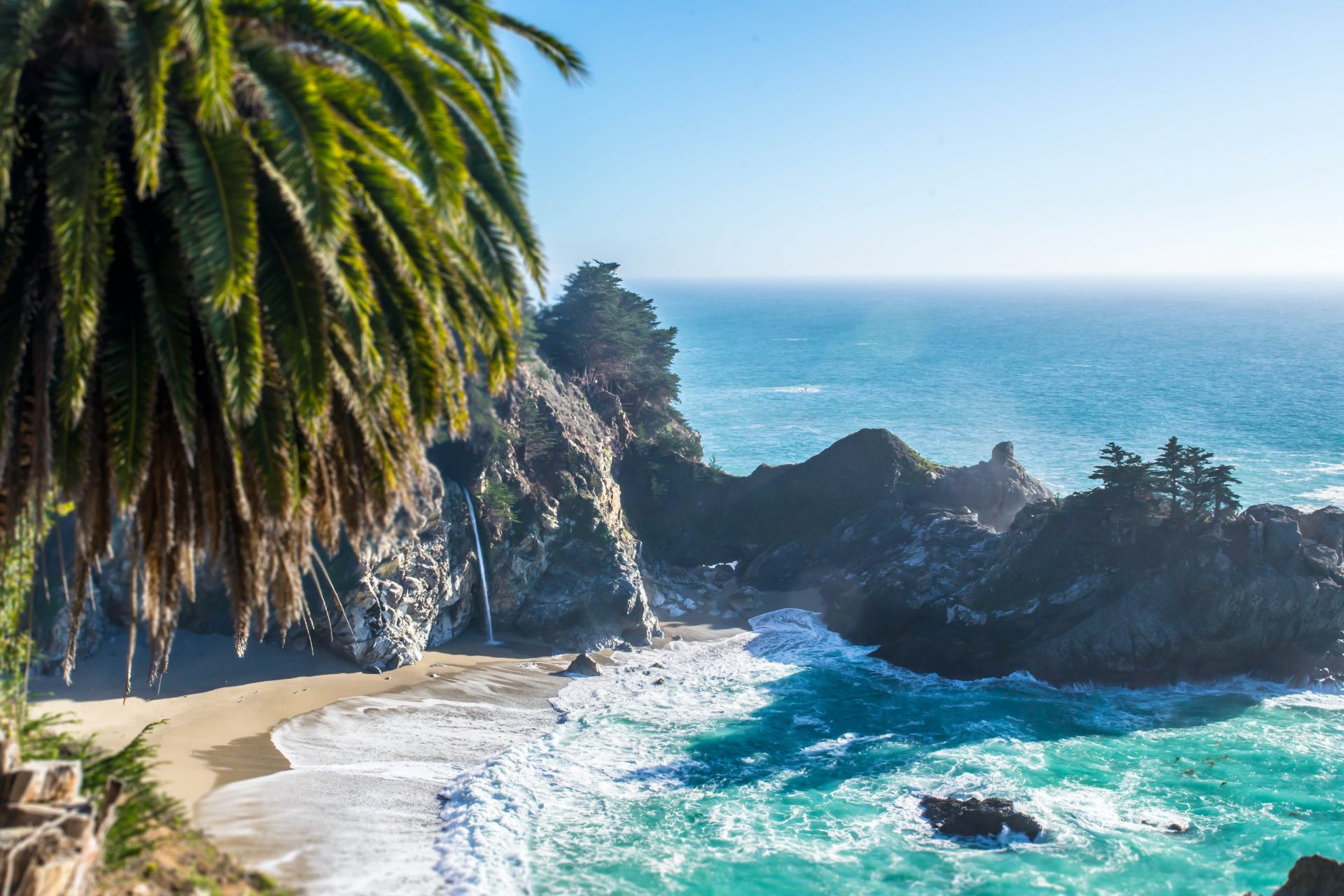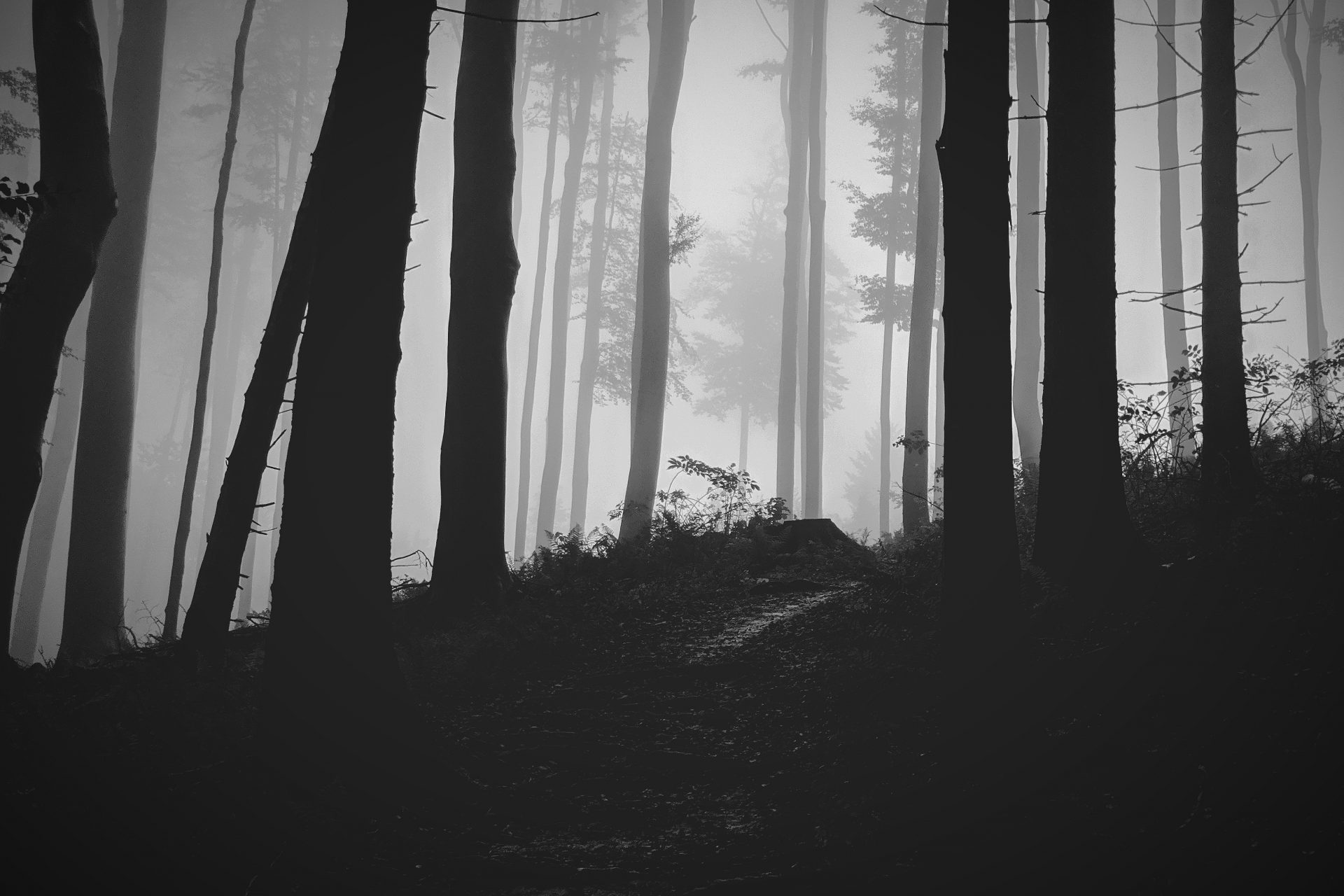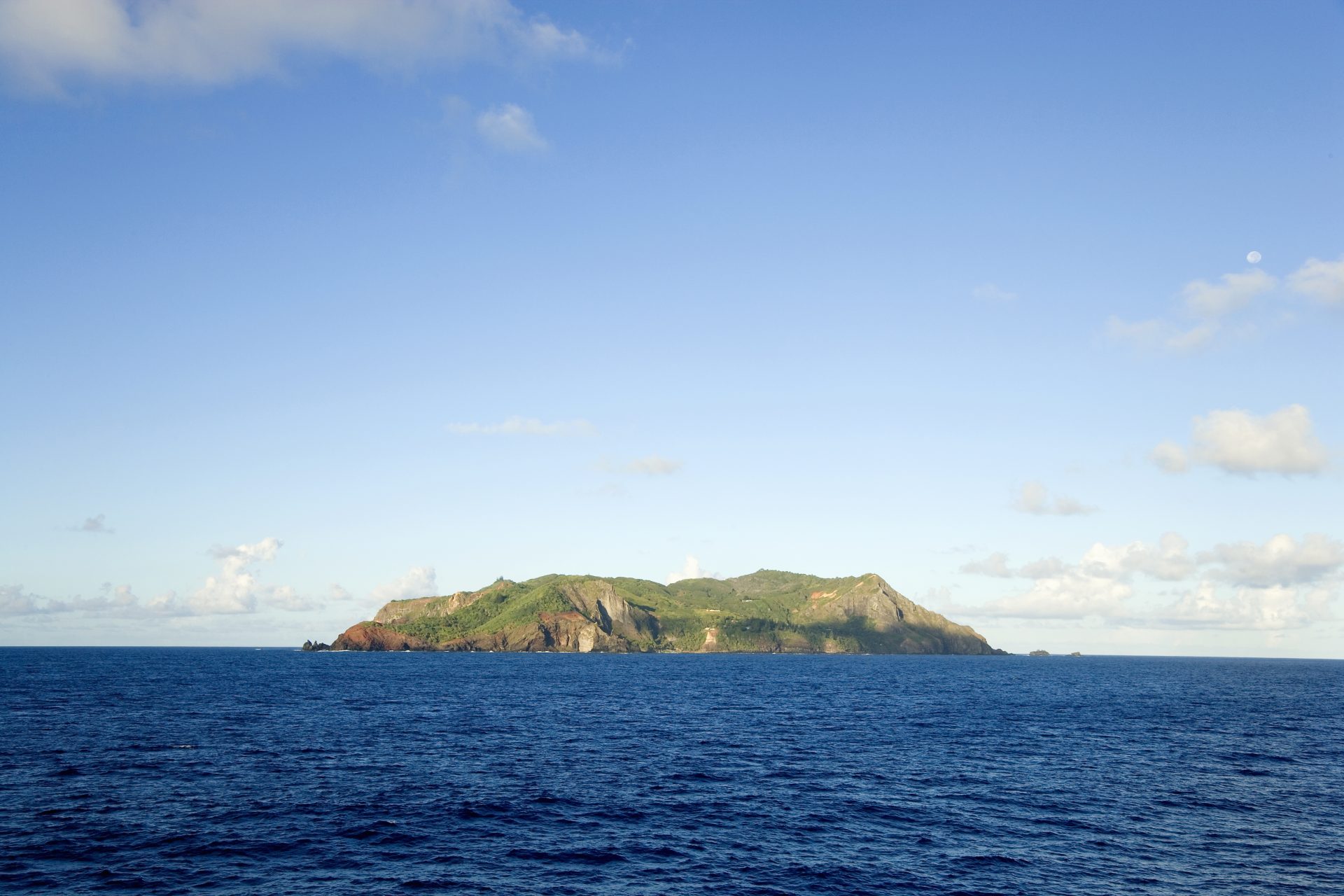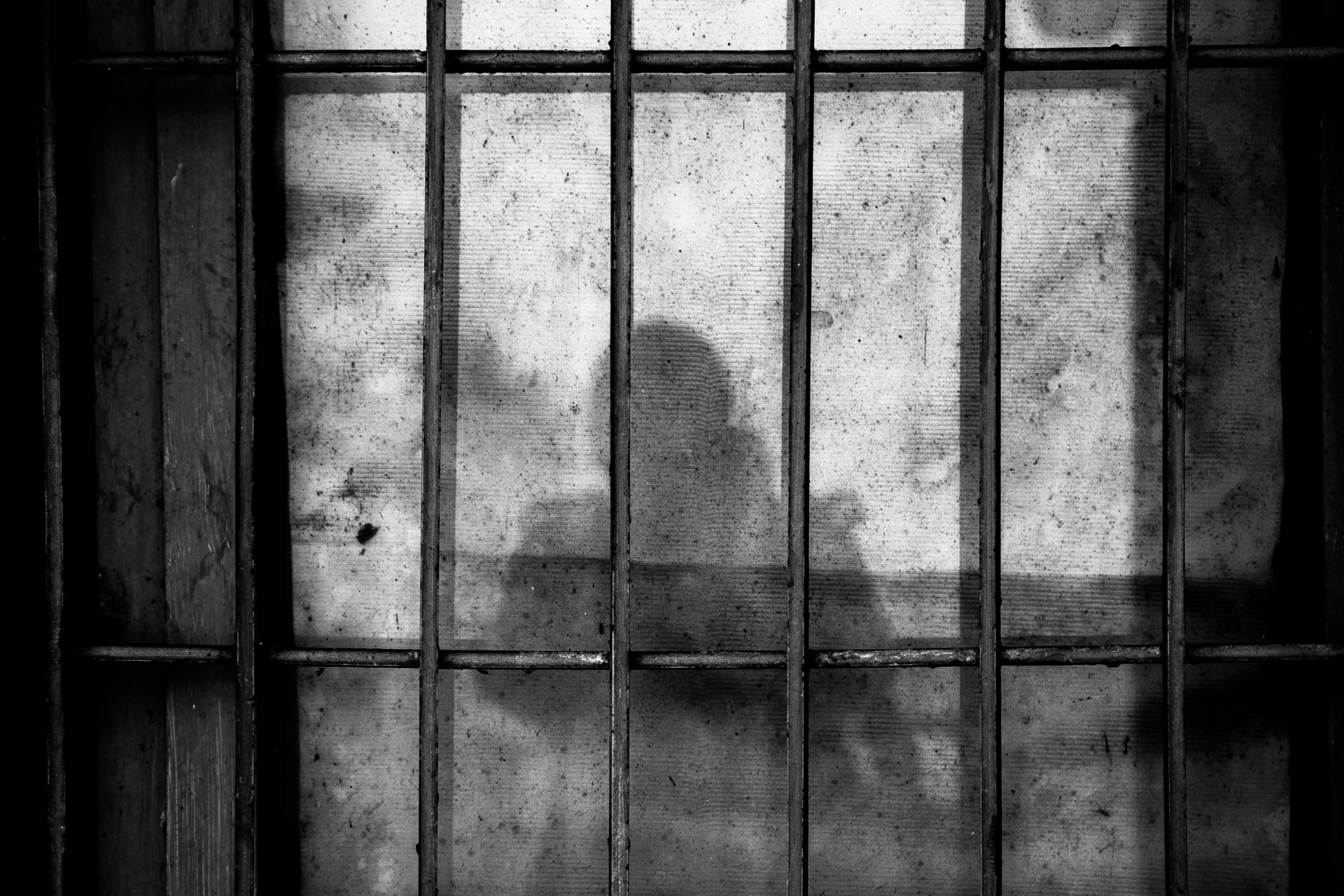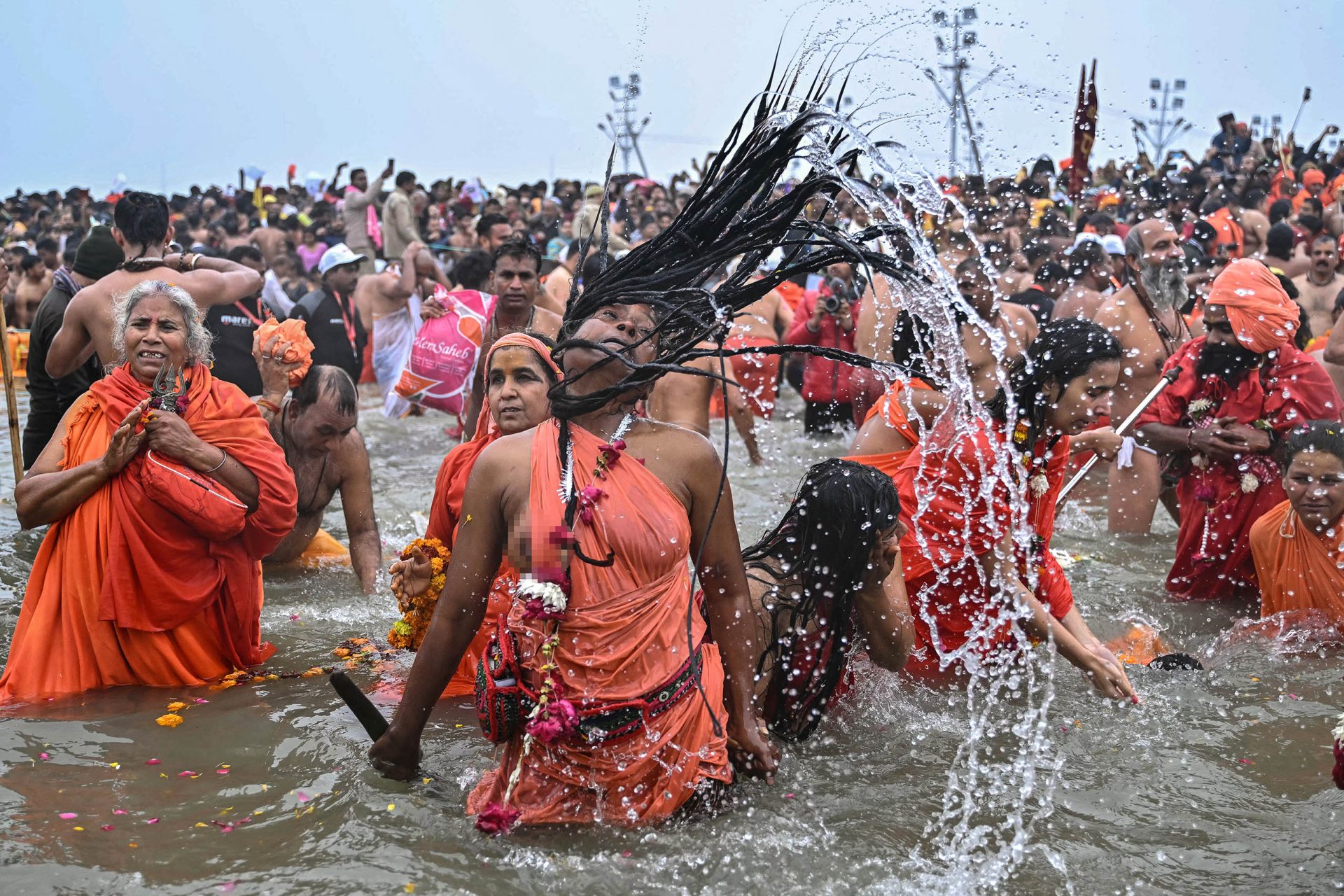Pitcairn Island: heavenly, remote, but with a dark story
In a time when travel seems almost limitless, it's unimaginable that there are places you can't book a plane ticket to. Pitcairn, in the middle of the Pacific Ocean, a whopping 5,300 kilometers from the nearest mainland, is such a completely remote place. Despite its isolation, the island is inhabited.
Pitcairn is considered one of the most pristine places on Earth, National Geographic reports. Currently, less than a hundred people live there. The story of how its community was formed and what happened in recent decades is as remarkable as the island itself.
The island has a surface of five square kilometers or less than two square miles. Despite its modest size, Pitcairn is home to overwhelming nature and a fascinating history.
Photo: Wileypics, CC BY 2.0 / Wikimedia
The group of islands to which Pitcairn belongs was discovered by Western sailors in 1767. There were traces of earlier habitation, most likely by Polynesians. However, the Scottish Navy Officer Robert Pitcairn found the island uninhabited and named it after himself.
Photo: Wileypics, CC BY 2.0 / Wikimedia
Less than thirty years later, in 1789, the HMS Bounty arrived with nine mutineers of British descent and several Tahitian women. The mutineers wanted to escape the strict English regime and build a new life without any rule from above.
Photo: Robert Dodd, Public Domain / Wikimedia
This went well until 1808 when whalers discovered the isolated community by chance. The British Empire officially annexed the island. From that moment, Pitcairn would always be inhabited, albeit with several challenges and setbacks.
Photo: David Maunsell / Unsplash
Surprisingly enough, the current population of several dozen persons is a direct descendant of the eighteenth-century Bounty crew. Despite improvements in communication through the internet, the islanders remain largely self-reliant.
Photo: Pitcairn Islanders in 1916, public domain / Wikimedia
According to The Guardian, fruits and vegetables are grown locally, fish is caught daily around the island, and the capital Adamstown has just one supermarket that opens a few days a week. A ship stops about three times a year, en route from New Zealand to the Panama Canal. It delivers goods that were ordered six months (!) in advance.
Photo: Makemake, CC BY-SA 3.0 / Wikimedia
Health issues can be challenging given the limited availability of medical experts. The official language is Pitcairnese, a Creole mix of English and Tahitian, and the government is in the hands of the Island Council.
Photo: National Cancer Institute / Unsplash
In recent decades, Pitcairn has slowly opened its doors to tourists. The island has no airport or port, so visits are only possible by ship, only a few times a year, and only when the weather is right.
Photo: Erik Mclean / Unsplash
In bad weather, mooring is too risky and you will have to return home empty-handed. However, if you have saved up well, can handle the forty-hour boat trip, and the weather gods are kind to you, you will have the adventure of a lifetime.
Photo: Michael Dam / Unsplash
With open arms and handmade merchandise at the ready, the islanders will welcome you on foot or even by boat. Don't expect a hotel, but a cozy guest room in the residents' homes.
Photo: Fuu J / Unsplash
Tourists who help locals with their daily chores get an insight into daily life. When you're ready to go back home, you have to hope for good weather. However, it is no punishment to spend extra days on this pearl in the Pacific.
Photo: Chor Tsang / Unsplash
Sadly, the small island also has a dark history. According to The Independent, it was once home to a significant network of child abusers that operated for decades. In 2004, six men on the island were convicted of abuse, but it was estimated that almost half of the adult males on the island were involved.
Photo: Stefan / Unsplash
Two of the men were convicted of crimes committed between the 1960s and the 1990s. One victim, whose abuse began at age three, told the Judge: "It was like a movie playing over and over in my head: my life on that God-forsaken island."
In 2006, after the men's trials were concluded, the British government decided to build a prison at Bob's Valley on the island. By 2010, all the convicted men had either completed their sentences or were serving their sentences at home. It brought a strange dynamic, indeed, to an otherwise paradisical island.
Photo: Ye Jinghan / Unsplash
Follow Showbizz Daily to learn about lifestyle, travel, and culture

